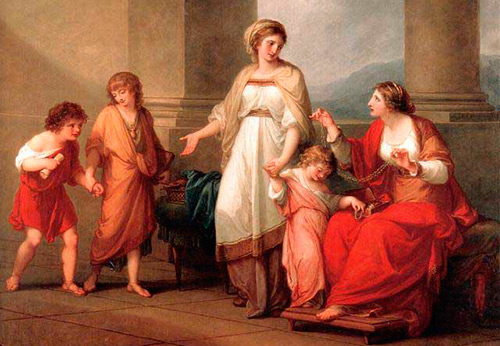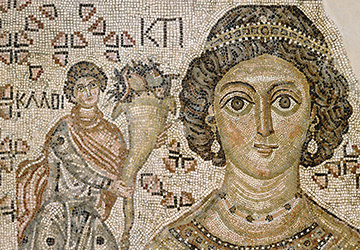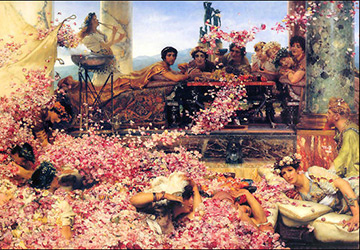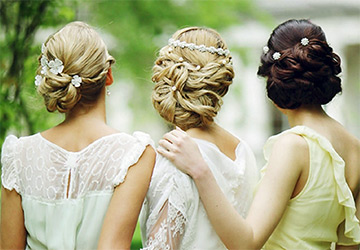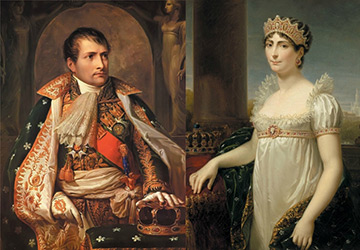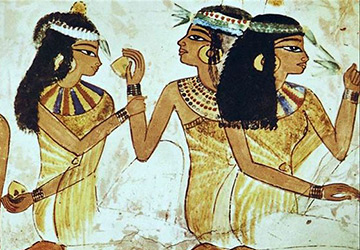Fashion history
Ancient Rome Hairstyles
I came, I saw, I won.
Julius Caesar
Historical reference
The best way to tell about Ancient Rome came from ... George Lucas in "Star Wars". The famous saga conveys not only the whole essence of the events that took place in Roman history, but also the very majesty of the outfits and interiors, albeit all of them, like the history itself, were modified beyond recognition and moved away from the Earth.
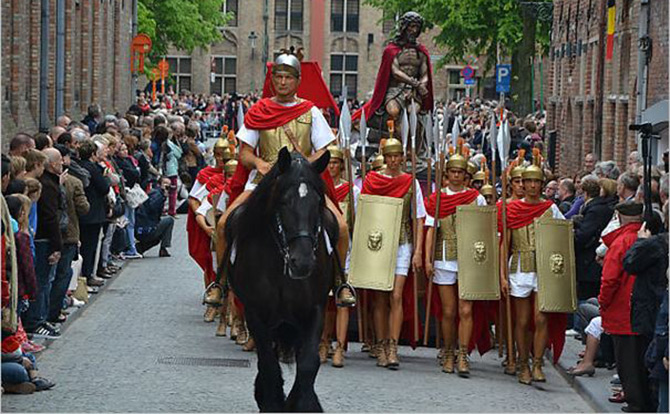
Roman legionaries
First, the Republic - the Senate, democracy, freedom, then the Empire and the boundless desire to conquer the whole world around. Legionnaires marching leg to leg. Emperors, their wives and courtiers, drowning in luxury. Rome was slain by barbarians - wild, as the Romans believed, European peoples lagging behind them in development.
Rome fell under the onslaught of the barbarians. And it was in 476. It was from 476 that all Empires dreamed of becoming Rome. "Moscow is the third Rome". Washington with its architecture and even the very name of government bodies is the Senate. Germany during the reign of Hitler - the "third Reich". "First Reich" - the Holy Roman Empire that existed in the Middle Ages and was considered to be the revival of the Roman Empire. Everyone wants to resurrect the Empire. Everyone wants to conquer the world. But fear the barbarians - the wise men said.
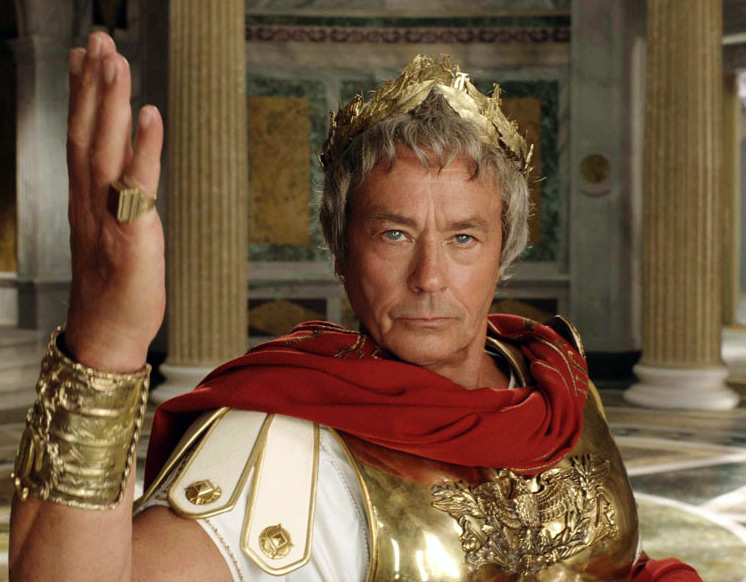
Julius Caesar. His role is played by Alain Delon. Film "Asterix at the Olympic Games".
The culture of Ancient Rome grew out of the culture of Ancient Greece. Like all conquerors, the Romans did not have enough time for culture. When the Romans conquered Hellas and called it Greece, their culture was very poor. It was from the Greeks that the Romans borrowed the pantheon of gods, having previously renamed them. So, Zeus became Jupiter, and Aphrodite became Venus.
It was from the Greeks that the Romans borrowed the shape of the temples - rectangular with columns and sculptures - nude from white marble. But over time, on the basis of borrowed Greek culture, its own, Roman, arose. The ancient Romans were the first to erect arches thanks to the fact that concrete was invented by them, they also built a dome - the dome of the temple of all the gods of the Pantheon.
And it was the Romans who began to create sculptures of their rulers and generals, as well as their wives. Portrait sculptures of the Romans, sculptures of historical figures, even pushed the statues of the gods into the background. The Romans also became excellent city planners. All for the glory of the Empire. Including the first equestrian statue of the emperor Marcus Aurelius. It was from the Romans that the fashion began to put emperors on horses. Remember, at least Petersburg and Peter I by Falcone.
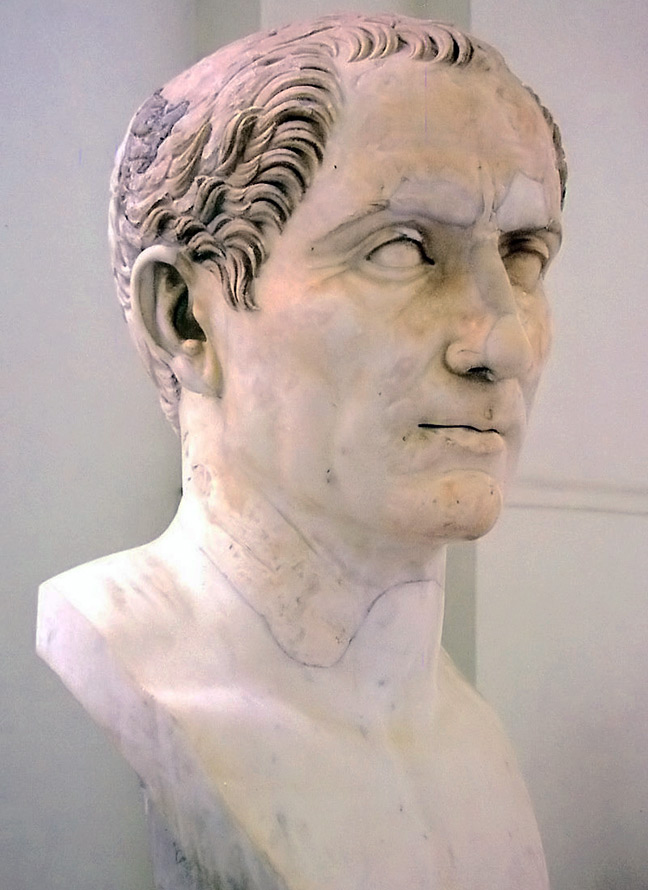
Bust of Guy Julius Caesar
Here's a typical short roman mens haircut
In hairstyles, the Romans also took as a basis greek images, however, over time modified them.
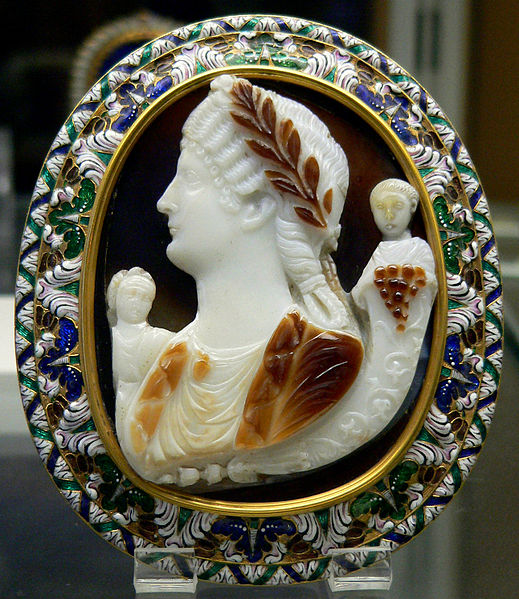
Cameo depicting Messalina with children, Britannicus and Octavia
Wireframe hairstyle
The hairstyles of the Republic period were modest. During the period of the Empire, hairstyles, especially for women, become more complex and grow in height. Wireframe hairstyles appear in women's fashion. In ancient Rome, unlike Greece, women led a very active lifestyle, sometimes ruling an entire empire, standing behind a husband or son, and they had where and in front of whom to show off.
During the Republic period, Roman women wore simple hairstyles, somewhat reminiscent of the "Greek knot" hairstyle. So, they could wear a hairstyle consisting of long hair, parted in a straight part and gathered in a voluminous bun at the back. They could also wear the "nodus" hairstyle - that was the name of the hair roller, which was made over the forehead. At the back, the hair was gathered in a bun.
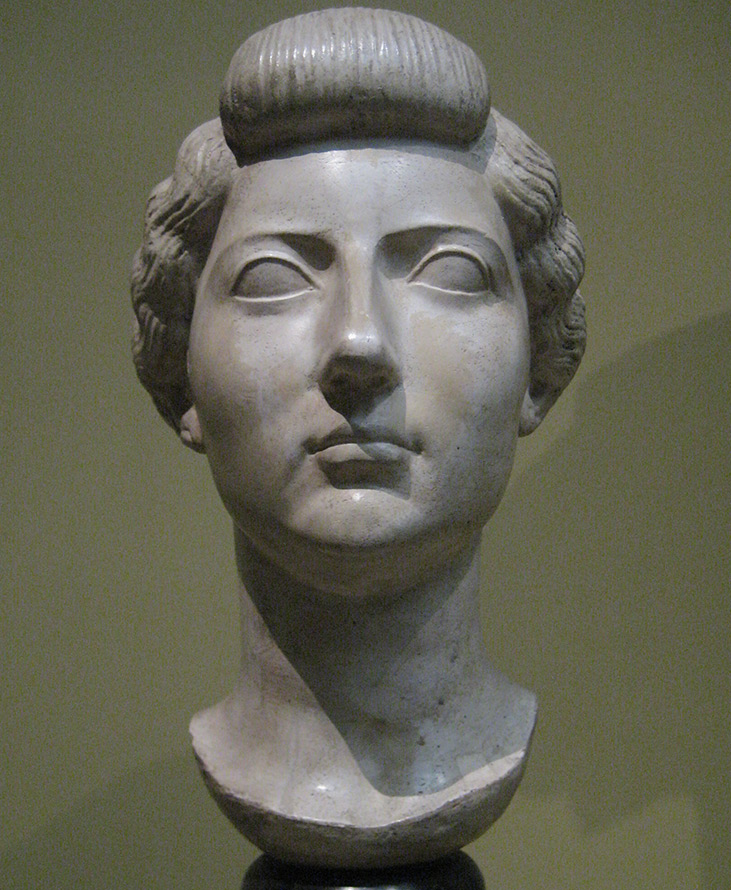
Empress Livia Drusilla - wife of Octavian Augustus
Here you can see the nodus hairstyle.
During the period of the Empire, the Romans will wear two types of hairstyles - with different weaves from braids, laid in several tiers, or with a curl, but on the frame.Copper wire was most often used as a frame.
So, there was a "tutulus" hairstyle - frame. Hair curled, lifted over the forehead and attached to the frame. A cone-shaped hat could serve as an addition to such a hairstyle.
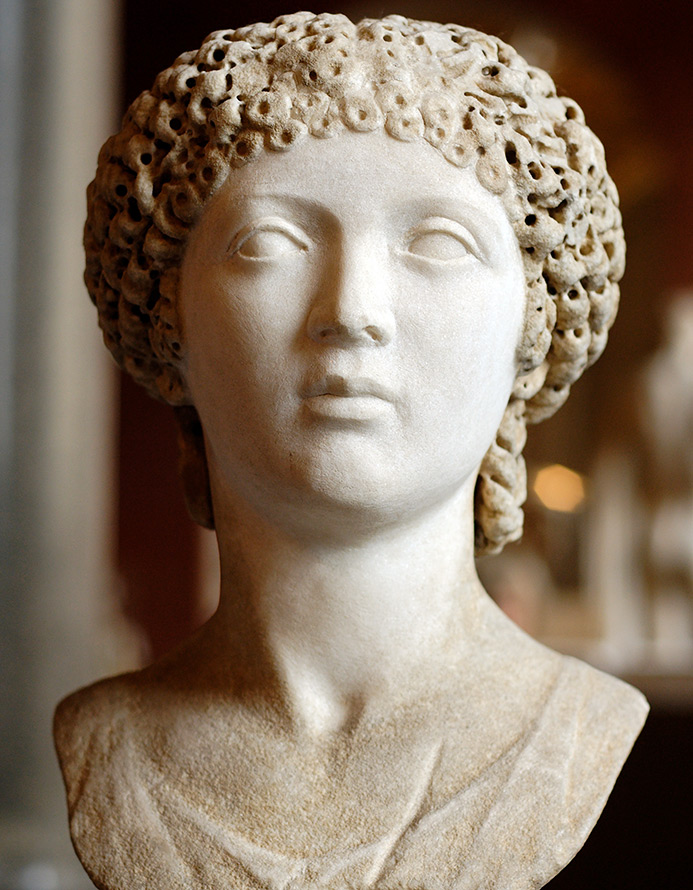
Poppaea Sabina
The trendsetters for hairstyles were most often empresses for women and emperors for men.
So, the hairstyle of Empress Agrippina the Younger (wife of Emperor Claudius and mother of Nero) is known. She wore a hairstyle with light bangs on her forehead and two voluminous hemispheres, consisting of parallel stripes of curled curls. Several serpentine curls ran down either side of the neck.
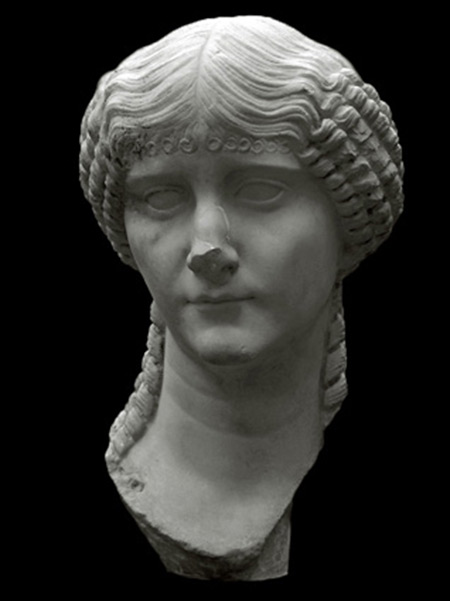
Agrippina the Younger
The fashion for hairstyles changed rapidly. Noble Romans changed their hairstyles several times a day. As one of the Roman poets wrote, it is easier to count the acorns of a branched oak than the hairstyles of the Romans.
Hairstyles were performed by slave hairdressers, who were called tonsores and kipasis.
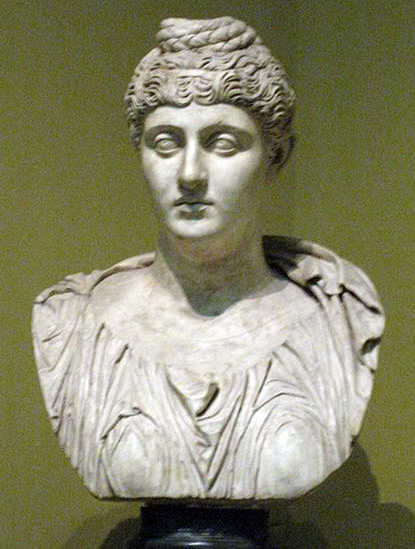
Empress Faustina the Elder.
Hairstyle with braids.
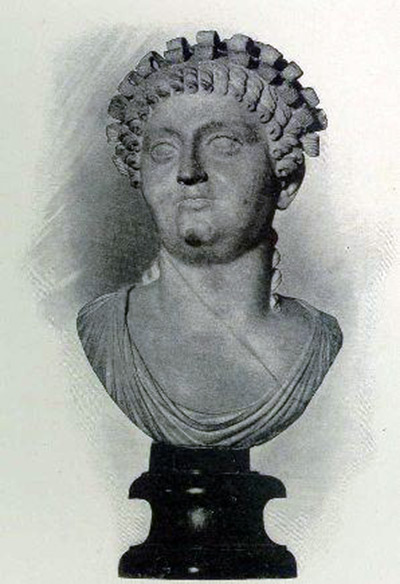
Stacilia Messalina. Nero's wife.
Wireframe hairstyle.
Men's hairstyles were also borrowed from the Greeks. These were haircuts, but shorter. Thus, during the period of the Republic, the Romans wore hair cut to the earlobe, and with bangs to the middle of the forehead, slightly curled. The beards of the Romans were shorter than those of the Greeks. During the period of the Empire, the Romans will practically not wear beards. During the period of the Republic, only young people most often walked with shaved faces.
During the period of the Empire, the Romans in their hairstyles will imitate their emperors. So, for example, under Octavian Augustus, for a while, perm will go out of fashion and hair will be worn straight, following the original Roman, Italian, and not Greek tradition.
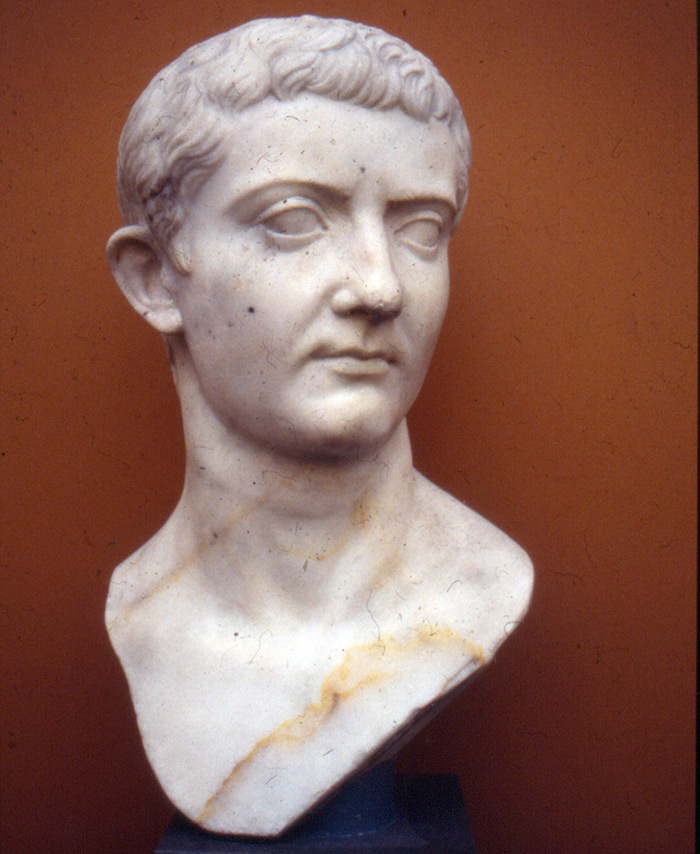
Emperor Tiberius.
S-shaped bangs will also come into fashion. And among the legionnaires, a short hedgehog haircut will be very popular.
Wigs were also known to the Romans. But more often than not, older Romans masked their baldness with false hair.
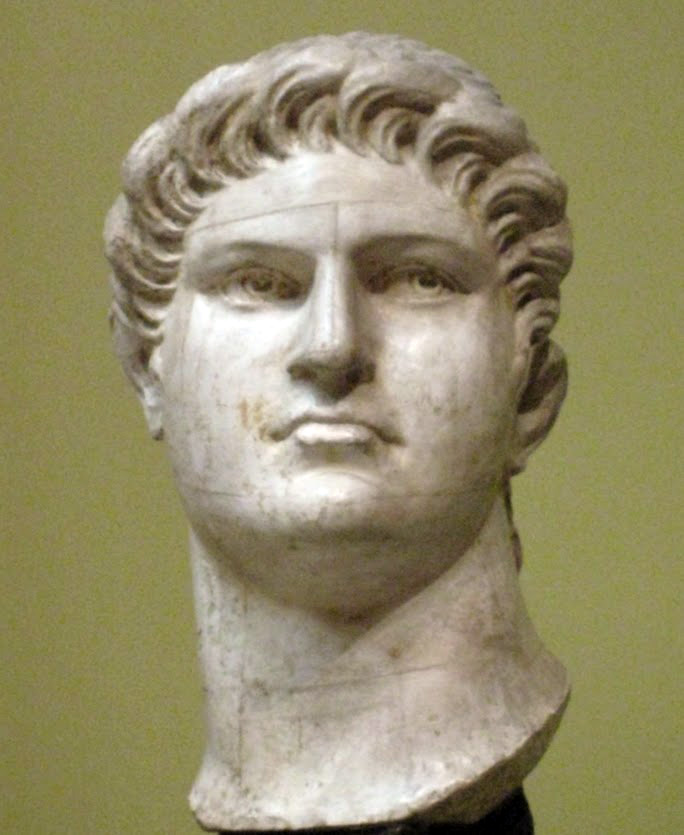
Bust of Nero
Hairstyle with a curl
The dress of the Romans was as modest as that of the Greek. However, the pieces of cloth wrapped around the body were sewn together by the Romans. So, for example, underwear - a tunic, was sewn on the shoulders. Also, the Romans - horsemen, began to wear pants, which they borrowed from the Gauls. The Romans were especially fond of purple, in contrast to the Greeks, who preferred white. Purple was considered the color of power and togas (outerwear) of this color could only be worn by emperors and generals.
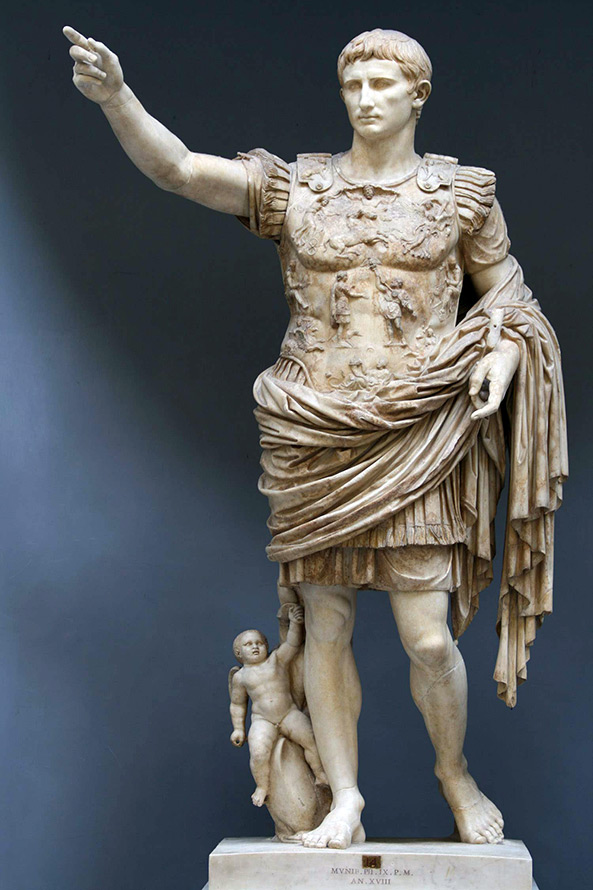
Statue of august
Cosmetics and decorations the Romans used it sparingly during the Republic period. But during the period of the Empire, excessive luxury was quite common. During this period, cosmetics were used by both women and men. For example, noble Romans, senators, generals richly blushed their cheeks, tinted eyebrows and eyes, and also sprinkled powder on their hair or wigs during feasts.
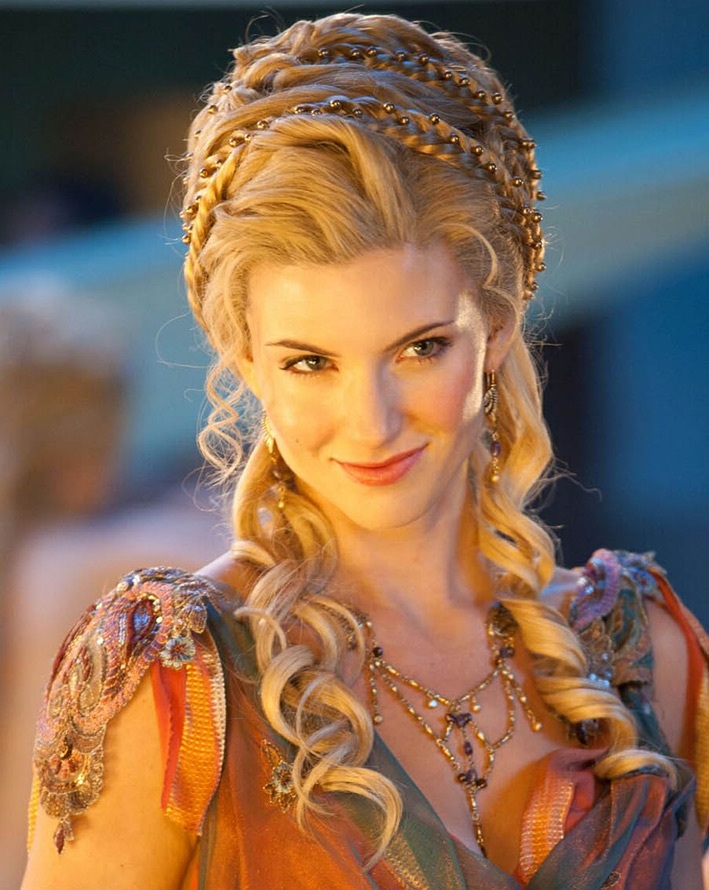
Photo of hairstyles in the Roman style
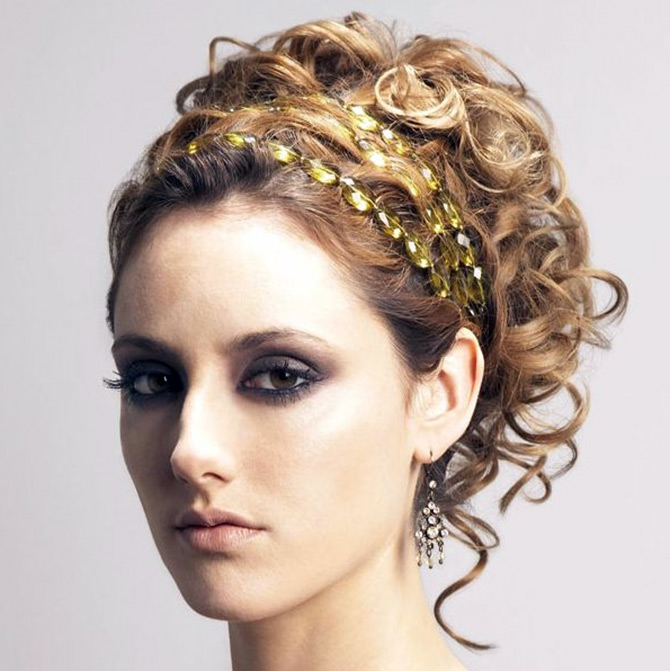
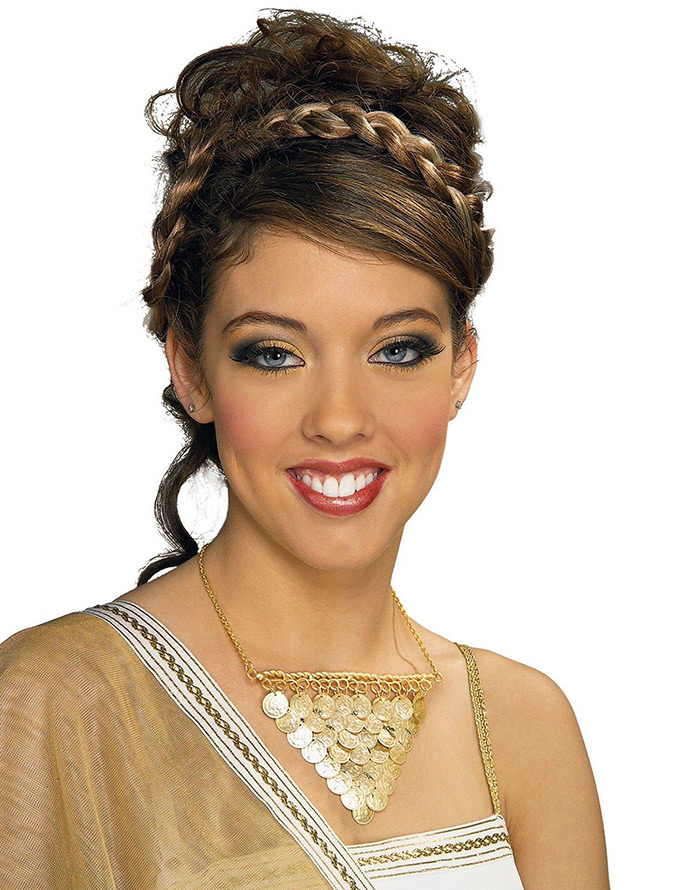
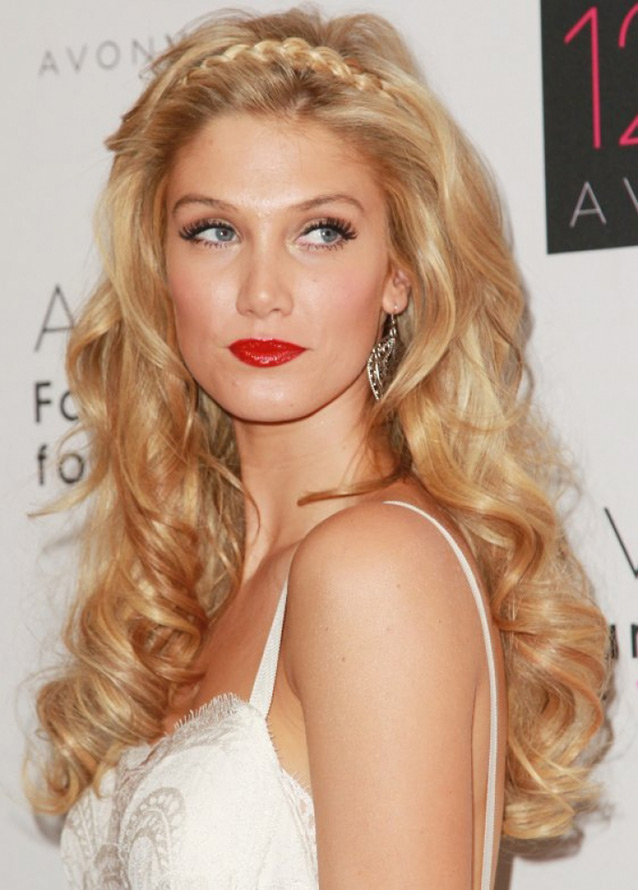

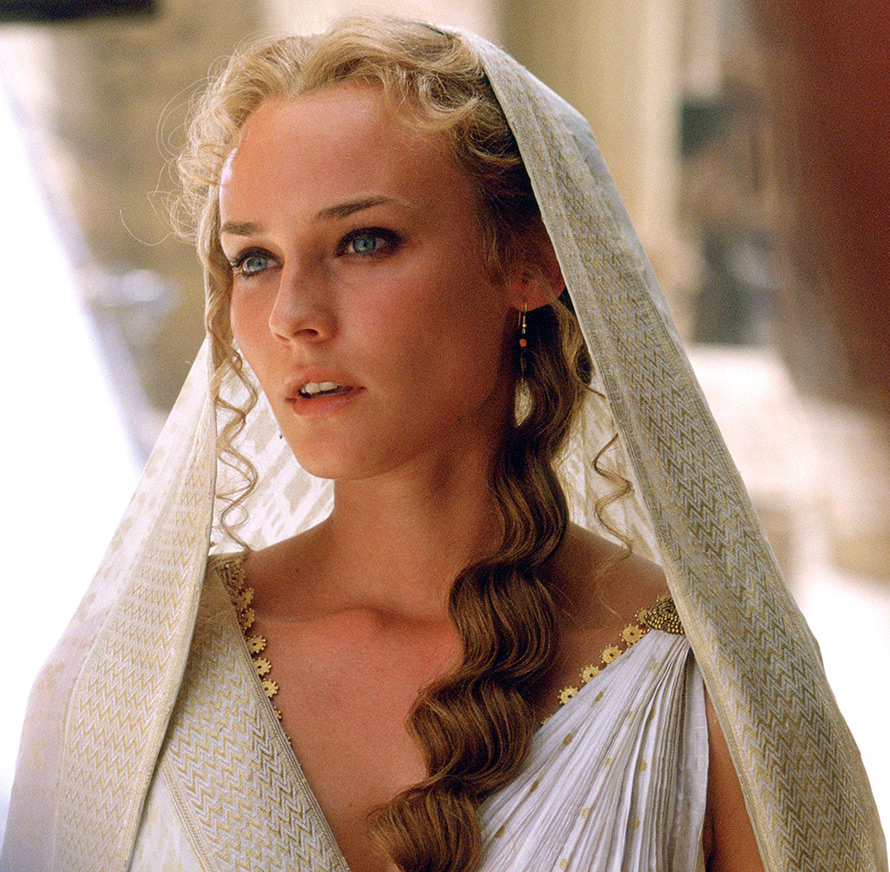
Veronica D.
Comments and Reviews
Add a comment
Rating news
Shades of clothing that make women look younger
What shades of hair make women younger: rules and photos
Funny wedding dresses - photos and ideas
12 most expensive down jackets for the winter
How to look 25 at 40: tips from supermodels
Beautiful schoolgirls
Anti-aging haircuts and hairstyles for women
Fashionable skirts for autumn and winter
Fashionable women's trousers for the cold season
Fashionable and stylish sandals for summer 2024
Spring-summer 2024
 Fashionable dresses and tops with thin spaghetti straps
Fashionable dresses and tops with thin spaghetti straps
 Bandana tops: how to wear stylishly and beautifully
Bandana tops: how to wear stylishly and beautifully
 How to put together the perfect men's wardrobe for the summer
How to put together the perfect men's wardrobe for the summer
 Trendy shorts for spring-summer 2024
Trendy shorts for spring-summer 2024
 Fashionable skirts for spring-summer 2024: a guide to online shopping
Fashionable skirts for spring-summer 2024: a guide to online shopping
 The most fashionable dresses spring-summer 2024: styles and colors
The most fashionable dresses spring-summer 2024: styles and colors
 Fashionable total look 2024: image ideas and trends
Fashionable total look 2024: image ideas and trends
